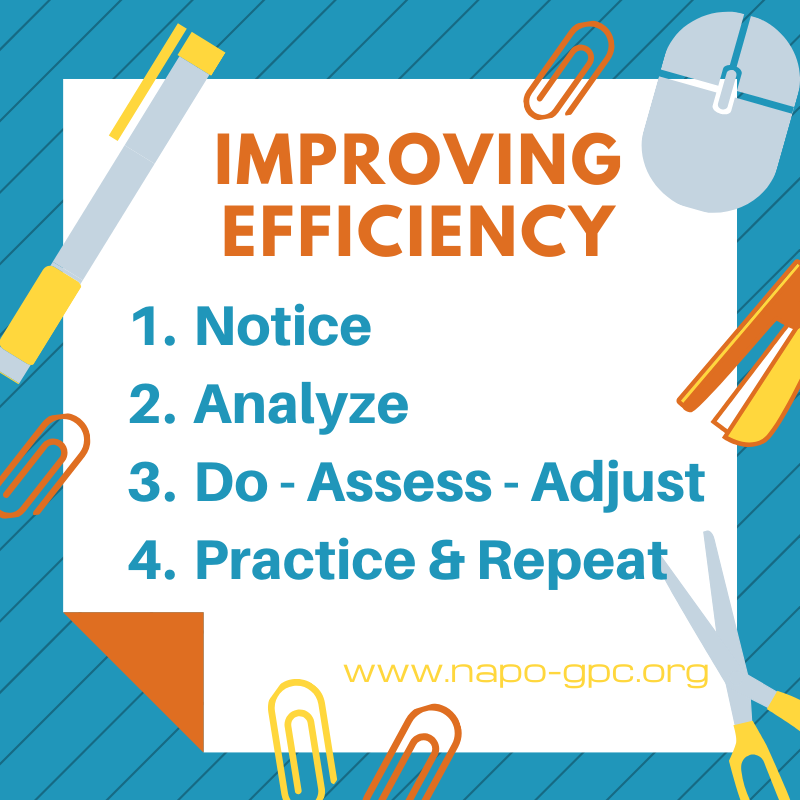
When I think of reducing inefficiencies I think of when I was in college and learned about the time and motion studies of the 1950’s. I envision Lucy and Ethel wrapping chocolate on the production line. And then I think that no one wants to live life with so much constraint that we are more machine than human. However, so many of my clients tell me they want to be more efficient.
I am a big fan of putting rote tasks on autopilot so that our energy can be put towards creative process and enjoying life. I am embarrassed to tell you this (but will because perhaps it might help) but I’m always looking at how to do things in the fewest steps.
I will exemplify this with a task we all do – emptying the dishwasher. I’ve observed many people empty the dishwasher – I do it differently. And I typically get it done in the time it takes to brew 2 or 3 cups of Keurig coffee.
I waste not a moment on something as routine as unloading a dishwasher.
I’ve blogged about all of this and I’ve linked the above questions to those posts. What I’m addressing here however is how to create systems and processes to be most efficient, streamlined, and effective.
Sometimes having a productivity coach or organizing consultant helps. We work with our clients to help them develop the best ways to improve efficiency.
Let’s face it, there’s a lot of stuff we just don’t want to do. My list includes anything to do with car maintenance, housekeeping, yard work—come to think of it, my list is pretty extensive. And yet, these things have to get done. We gravitate to activities we enjoy doing and procrastinate on the other stuff. Sound familiar? Here’s my top five anti-procrastination tricks:
Wishing you the most productive year!
*If you work at a desk, I highly recommend using a second monitor screen. This has significantly increased my productivity.

Hello to all my Home Organizer friends!
Some people are intimidated about writing FaceBook posts and newsletters. I am not one of them. I find inspiration for FB posts and newsletters everywhere. For example, whenever one of my network friends posts something on FB or has an article in their newsletter that is relevant to my target market, I forward it to my Virtual Assistant and she posts it with a link their website. This helps build a rapport with my referral partners and gives me a wide variety of topics of interest to my current and prospective clients.
Home Organizers are all inspired by each other. Annette Reyman’s tag line “We get you moved in so you can move on . . . with life!” inspired my tagline “Let me help you catch up so you can keep up.”
I have attached a few photos that I plan to use as part of a future newsletter that will be tied in with my tag line. It will also be used as a FB post and a blog on my website.
The captions will read:
Problem: Samantha is a busy single mom who had never been able to carve out time to get her son’s playroom under control.
Solution: We purged the room of toys and books he had outgrown for four hours. Organizing was a breeze; it only took two hours.
Result: Cameron was thrilled to be able to play with his remote-control toys now that the controls are easy to find. He has taken ownership of his playroom and makes sure his friends and cousins help keep it tidy.
Testimonial: “I learned a different way of thinking. It’s OK to get rid of stuff and not be sad about it. Bobbie educated me with some valuable tips. For example, instead of putting all of my son’s small action figures in one big bucket, she suggested I buy an organizing unit where he can see all the figures and find the ones he wants. He has even categorized them himself!”
– Samantha, Langhorne PA
I also have fun with my FB posts and would like to share a draft for a future post. Perhaps it will inspire you to write something fun of your own.
How Loud is Your Clutter?
Does your clutter whisper, “Psst, I’m over here? I’m getting out of control.” Or does your clutter clear her throat and say “Ahem, over here bud. Pay me some attention.”
Ignore your clutter too long and it will scream out you, “Yo! You can’t ignore me any longer! I’m here, I’m out of control and you need to deal with me NOW!”
If your clutter is verbally abusing you, you need to call me! Let’s schedule a consult and quiet your clutter.
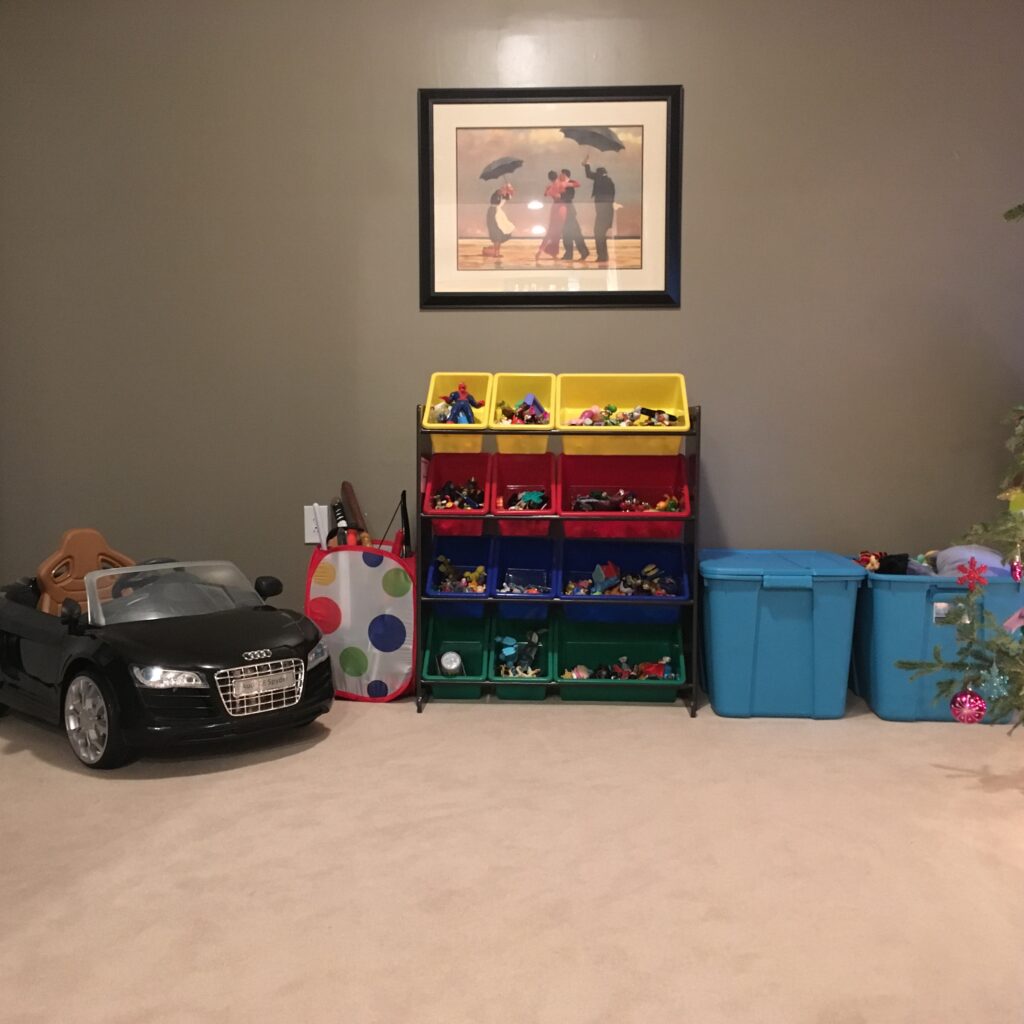
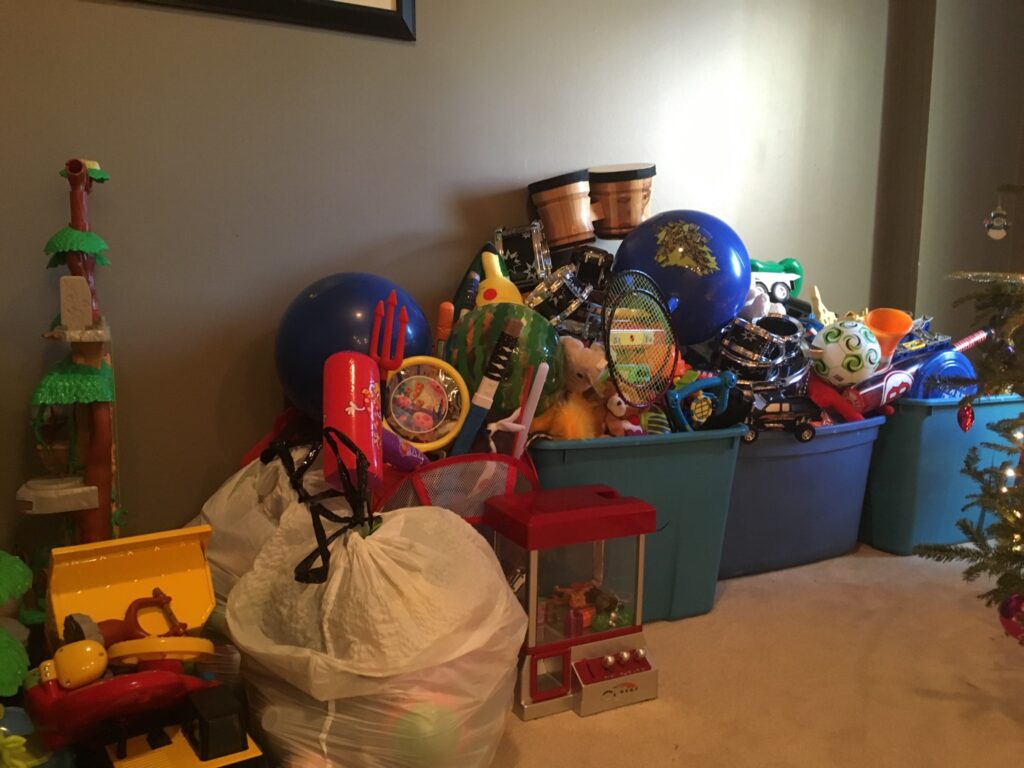
Remember that old saying “it’s just like riding a bike”? I have no idea who coined it, but it was meant to draw a comparison to activities that are deeply rooted in the muscle memory gained from lots of practice. The idea is, if you practiced enough, riding your bike becomes like second nature. If you practice enough, you can train your body to ride with a lot less thought or effort. And if that bike sat rusty in the garage for 10 years, because you had put forth the effort to practice years before, you can jump back on and ride away into the sunset as if only mere seconds had passed since your last pedal session.
People ask me a lot about the best ways to stay organized. Cleaning up and out seems to be the easy part, but now that the house is beautiful, and everything is put away in its place, how do we keep it this way? Depending on how far removed your new organizing behavior is from your old habits, staying organized is going to take the same vigor and endurance as it took to learn to ride that bike years ago.
For example, if you always lose your keys around the house, and we implement a new process to hang them on a hook by the door when you enter, you will need to make the conscious effort to actually do it…every time. It takes practice, and more practice, until eventually hanging the keys on the hook becomes second nature and engrained in your muscle memory. Suddenly hanging the keys on the hook will feel like an easy routine, and the process will no longer be a strain on your brain power and intention as you arrive home tired from work each night. The thing to remember is that there will be work involved. I unfortunately can’t wave a magic wand to “cure” us of our poor organizing habits and replace them with ones that work better for our lives. If I could, I would be the first to wave it over my own house!
There are a lot of schools of thought out there around best practices for forming habits and the importance of considering things like learning styles, motivators and goals. Developing new habits to stay organized will take time, support and accountability from family and friends, as well as a focused desire from whoever is embarking on this mission. I have lots of tricks up my sleeve to help move this process along for each client, but the overarching theme to remember is that practice makes perfect. You are going to have to conjure up the focus, intention and willpower to practice, but once mastered, your new habits really will be just like riding a bike!
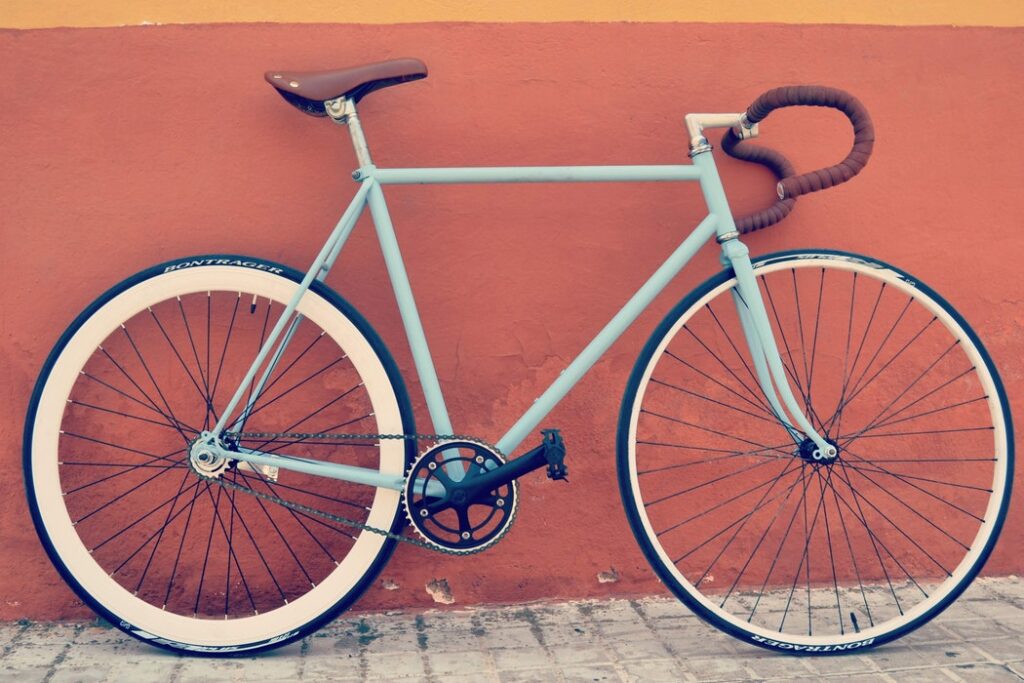
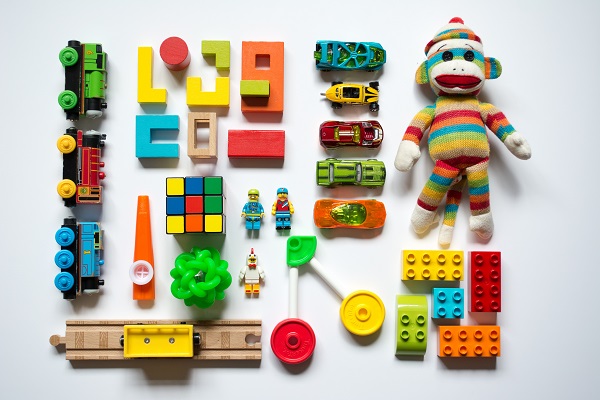
Let me start with a shocking statistic to get you in the holiday mood.
The United States has 3% of the world’s children but buys 40% of all toys sold worldwide.
I know – It’s terrifying!
This season, if you’ve got kids, you’re likely going to have an influx of new gifts and toys, so it’s the perfect time to learn how to help kids wade through their toys and create space for what sparks joy.
The tips below will have you on your way to decreasing your clutter … and increasing your joy.
Teaching your kids to choose toys wisely and to treasure the toys they have is not something that happens overnight. But you can slowly change the conversation, put some boundaries up and help them curate a collection of toys that spark joy for them and that minimizes clutter for you.
Happy holidays, friends!
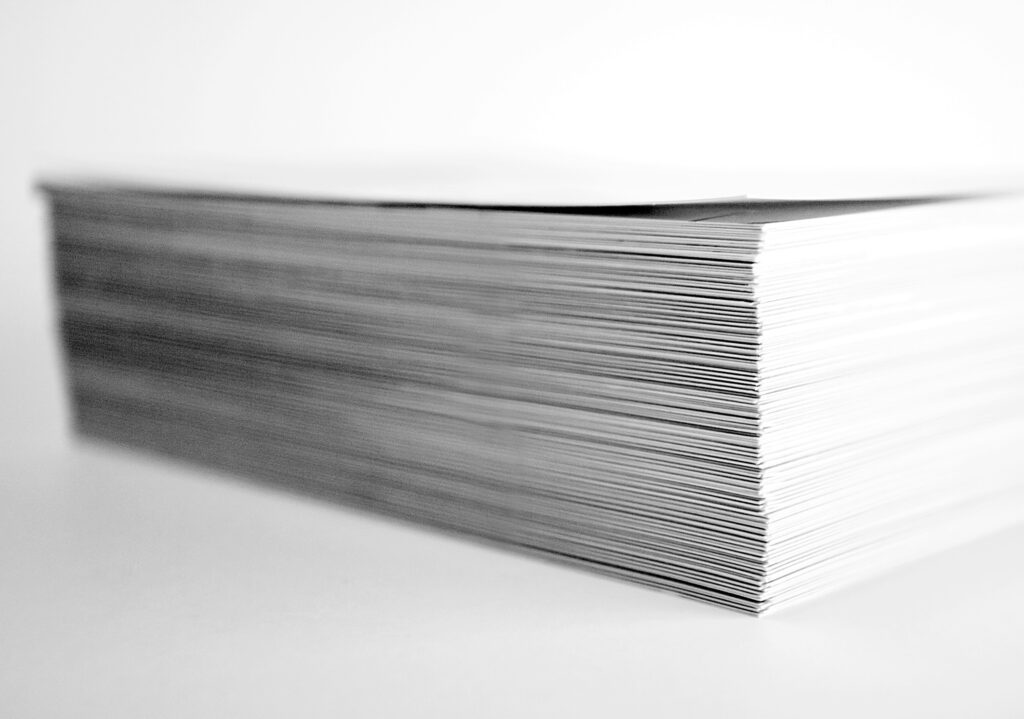
I’ve been reading articles about the promise of a paperless office my entire life, and for the most part, those articles have just created more paper.
For the first time in modern history, we now have the tools to go completely paperless. But before you go invest in a new gadget and hunker down to scan all of your paper, you can probably do a lot to reduce the amount of paper in your life.
If you really want to go paperless, start with these steps to have less paper in your life. You’ll find more space in your home.